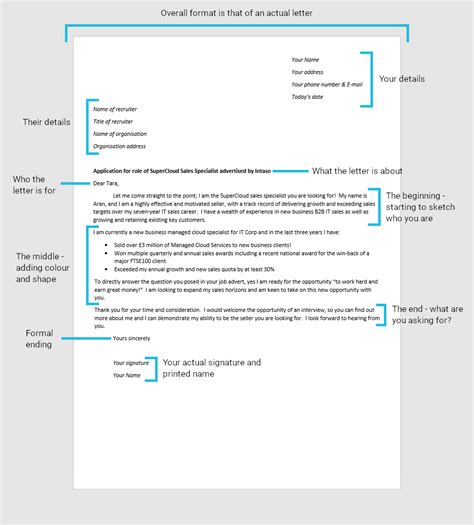How to Write a Compelling Cover Letter That Gets You Noticed
Landing your dream job often hinges on more than just a stellar resume. Your cover letter is your chance to showcase your personality, highlight relevant skills, and demonstrate why you're the ideal candidate. A compelling cover letter isn't just a summary of your resume; it's a persuasive narrative that connects your experience to the employer's needs. This guide will walk you through crafting a cover letter that grabs attention and opens doors.
What Makes a Cover Letter Compelling?
A compelling cover letter goes beyond simply listing your accomplishments. It tells a story, showcasing your understanding of the company and the role, and highlighting how your unique skills and experience align perfectly with their requirements. It's a personalized pitch, demonstrating your enthusiasm and making you stand out from the crowd.
How to Structure Your Cover Letter for Maximum Impact
A well-structured cover letter follows a clear, logical flow, making it easy for recruiters to quickly grasp your key qualifications. Here's a winning structure:
1. The Opening:
- Grab Attention Immediately: Start with a strong opening line that hooks the reader. Instead of a generic greeting, try something more engaging, like referencing a specific project or achievement mentioned in the job description.
- Personalize Your Introduction: Mention the specific job title and company you're applying to. Show you've done your research and understand their mission and values.
2. The Body (Highlighting Your Value):
- Showcase Relevant Skills and Experience: Don't simply reiterate your resume. Instead, focus on 2-3 key achievements or experiences that directly relate to the job requirements. Use the STAR method (Situation, Task, Action, Result) to effectively illustrate your accomplishments. Quantify your results whenever possible (e.g., "Increased sales by 15%," "Reduced costs by 10%").
- Demonstrate Your Understanding of the Company: Show that you've researched the company and understand their goals, challenges, and culture. Mention specific aspects that resonate with you and explain why you're interested in working for them.
3. Addressing Potential Concerns:
- Acknowledge Gaps or Career Changes (if necessary): If there are any gaps in your employment history or significant career changes, address them head-on and explain them positively. This shows transparency and self-awareness.
4. The Closing:
- Reiterate Your Interest: Re-emphasize your enthusiasm for the position and your confidence in your ability to contribute to the company's success.
- Call to Action: Clearly state your desire for an interview and provide your contact information.
Frequently Asked Questions (FAQs)
How long should a cover letter be?
Aim for a cover letter that's concise and impactful, typically one page long. Recruiters are busy, so get straight to the point.
Should I use a template?
While templates can provide a useful structure, avoid generic templates. Personalize each cover letter to match the specific job description and company. A generic letter will likely get overlooked.
What if I don't have much experience?
Focus on transferable skills and highlight relevant projects, volunteer work, or academic achievements. Showcase your enthusiasm, eagerness to learn, and potential for growth.
How can I make my cover letter stand out?
- Use strong action verbs: Instead of saying "responsible for," use more dynamic verbs like "managed," "led," or "achieved."
- Quantify your achievements: Use numbers and data to showcase your impact.
- Tailor it to each job: Never send the same cover letter for multiple applications.
- Proofread meticulously: Errors in grammar and spelling can significantly hurt your chances.
What should I do after submitting my cover letter?
Follow up after a week or two to inquire about the status of your application. This demonstrates your continued interest and initiative.
Crafting a Compelling Narrative: Beyond the Basics
Remember, your cover letter is your storytelling opportunity. Paint a picture of yourself as a valuable asset, highlighting your passion, skills, and understanding of the company's needs. By following these guidelines and adding your own unique flair, you can create a cover letter that stands out and opens doors to new opportunities. Good luck!

